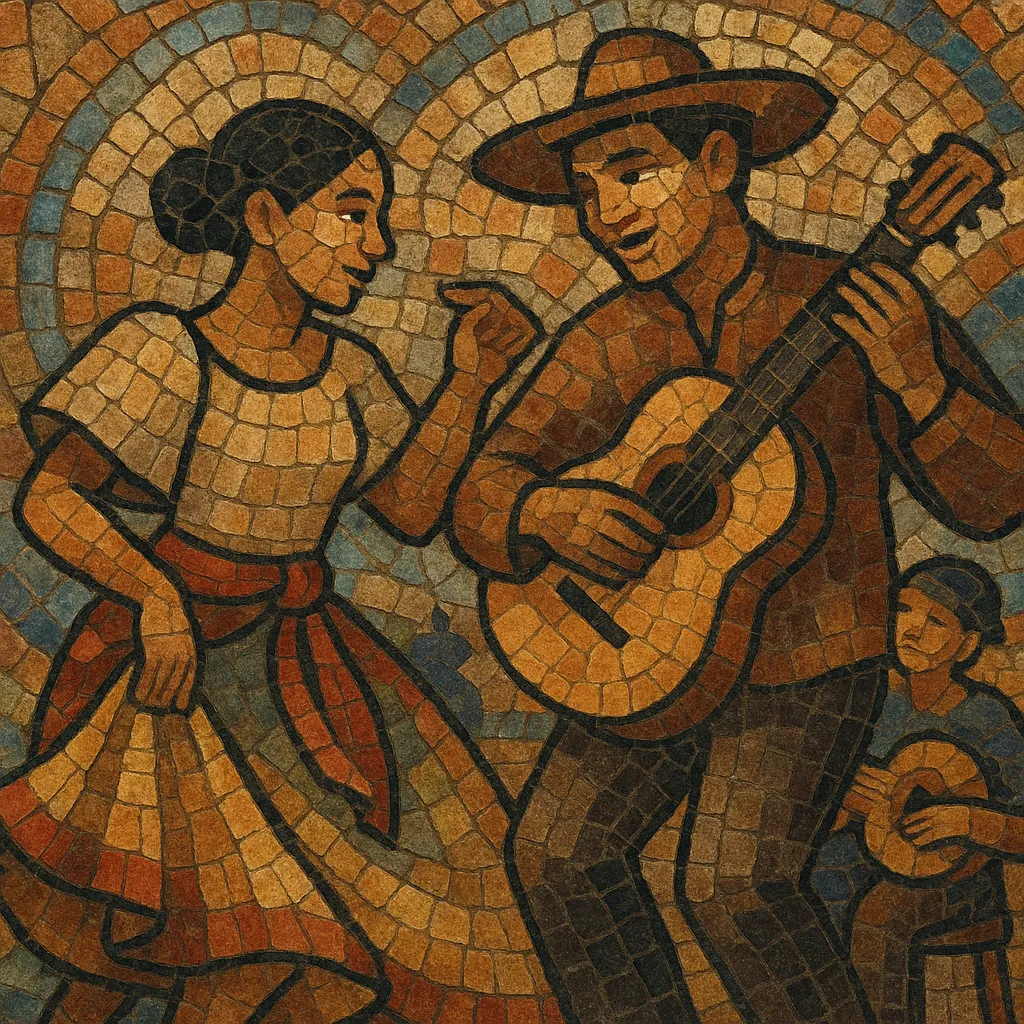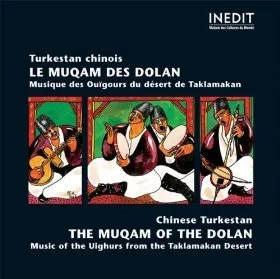Bayawan is a localized Visayan folk song-and-dance practice linked to Bayawan City in Negros Oriental, Philippines. It blends courtship duet singing, light banter, and graceful partner dancing, echoing the spirit of Visayan balitaw and the serenade ethos of harana and kundiman.
Performances typically feature call-and-response verses in Cebuano/Visayan, accompanied by guitars or a small rondalla (bandurria, laud/octavina, guitar, and bass). Rhythms often sit in 3/4 (waltz-like) or 2/4/4/4 with a habanera lilt, and melodies are tuneful and strophic, inviting audience participation. Today, the style commonly appears in civic and festival contexts (e.g., street-dance suites and cultural showcases), preserving its community-centered, dance-forward identity.
Bayawan draws on older Visayan song-dance customs and the broader Filipino serenade tradition. During the late Spanish and early American colonial periods, guitar-led serenading (harana) and artful love songs (kundiman) became popular across the archipelago. In the Visayas, balitaw—a witty, flirty song-and-dance exchange—provided a direct model for Bayawan’s dialogic singing and graceful partner steps.
As civic bands, rondalla ensembles, and school-based cultural groups spread in the 20th century, Bayawan’s local variant coalesced around familiar acoustic accompaniment (guitars/rondalla), strophic melodies, and couple choreography. Performances appeared at town fiestas, community programs, and social gatherings, with verses improvised or adapted to fit the event.
In the late 20th and early 21st centuries, Bayawan’s identity became more visible through municipal festivals and cultural showcases, where song-and-dance suites present local history, rural life, and courtship themes. Choreographers formalized steps, and arrangers codified rondalla charts, helping the style persist in inter-school competitions and heritage programs.
Today Bayawan survives as a community-centered folk idiom. While not a mass-recorded genre, it thrives in live contexts—especially education, tourism, and cultural preservation—where its dialogic singing, gentle humor, and accessible dance vocabulary continue to resonate.



%2C%20Cover%20art.webp)


